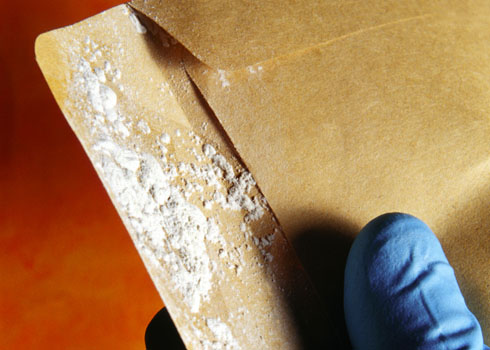by Tom Detzel ProPublica,
The National Academy of Sciences is just out with a 190-page review of the forensic science behind the FBI’s investigation of the 2001 anthrax letter attacks. The takeaway: Some of the evidence cited to identify Army microbiologist Bruce E. Ivins as the perpetrator isn’t as conclusive as the FBI has claimed.
In particular, the panel of experts said it “did not definitively demonstrate” that the source of the anthrax was spores taken from a flask controlled by Ivins, a microbiologist who did vaccine research at the U.S. Army Institute for Medical Research of Infection Diseases in Maryland. Nor did scientific data generated for the FBI “rule out other sources” for the anthrax, the panel’s report says.
The report says there is “no scientific basis” to estimate how long it may have taken the perpetrator to produce the anthrax in the letters, which were sent the New York Post and other media outlets, and to Sen. Patrick Leahy, D-Vt., and then-Sen. Tom Daschle, D-S.D. The time necessary to prepare the spores could have ranged from two or three days to several months, the panel said.
We previously posted a copy of the report in our document viewer, but are now linking to it on the National Academy of Sciences website for copyright reasons.
The FBI has said Ivins could have produced the spores working evenings at his Fort Detrick lab, but some of Ivins’ colleagues have disputed that it was feasible. Ivins committed suicide in 2008 as the FBI investigation was closing around him.
The FBI issued a response stating that while science played a significant role in the agency’s conclusion that Ivins was behind the letters, “it was the totality of the investigative process that determined the outcome of the anthrax case.”






